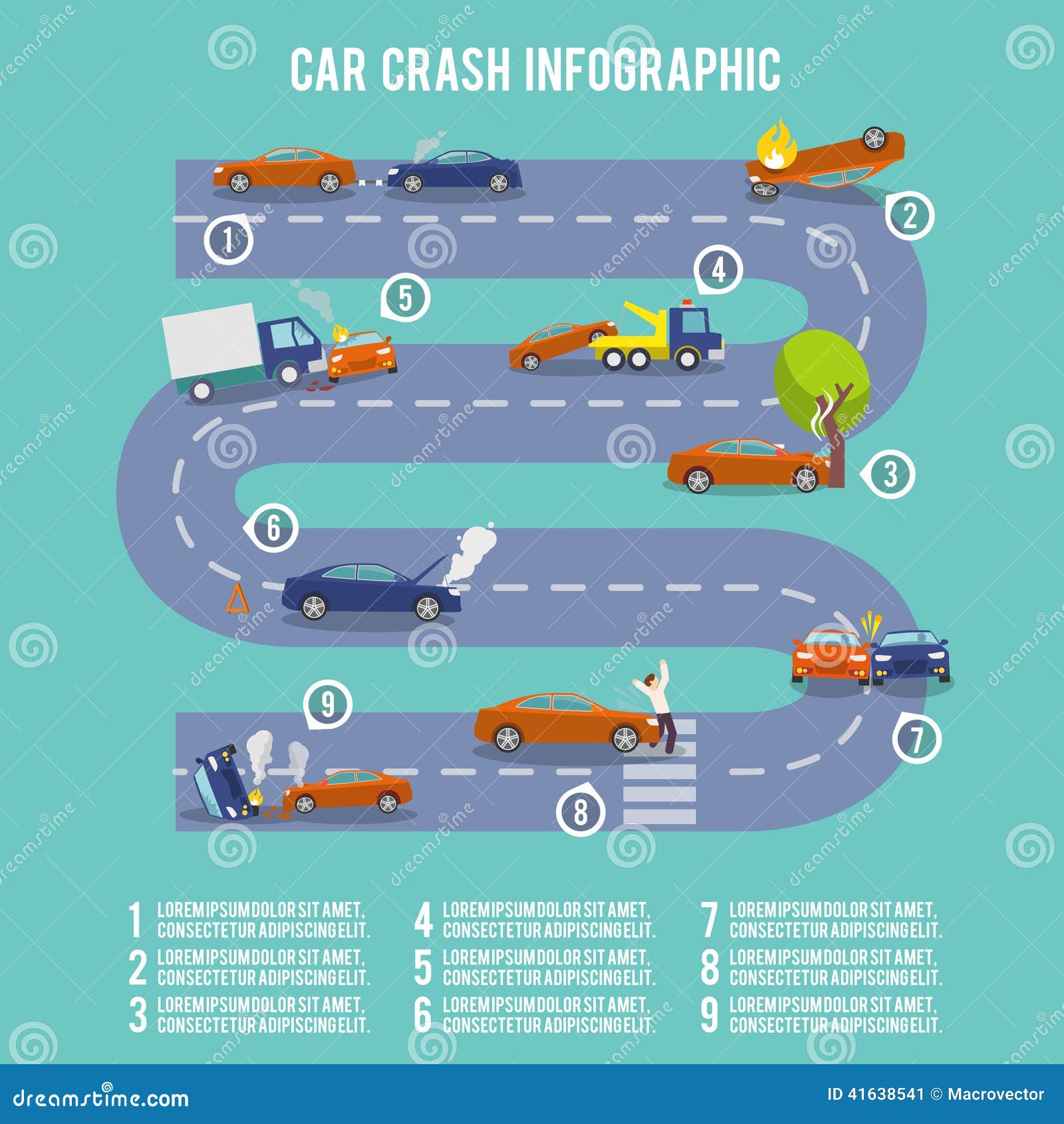Wondering Regarding The Meaning Behind Those Dashboard Warning Lights? Gain Insights Into Their Ramifications For Your Vehicle'S Safety And Security And Upkeep
Wondering Regarding The Meaning Behind Those Dashboard Warning Lights? Gain Insights Into Their Ramifications For Your Vehicle'S Safety And Security And Upkeep
Blog Article
Material Written By-Faulkner Kejser
When you lag the wheel, those glowing caution lights on your control panel can be a bit perplexing. Do you understand what they're attempting to inform you regarding your vehicle's wellness? Understanding the value of these lights is essential for your safety and the durability of your car. So, the following time among those lights turns up, would not you want to analyze its message properly and take the essential steps to address it?
Common Caution Lighting and Interpretations
Determine common warning lights in your car and recognize their meanings to guarantee safe driving.
The most normal caution lights consist of the check engine light, which signifies issues with the engine or discharges system. If this light comes on, it's critical to have your vehicle checked promptly.
The oil stress warning light indicates low oil stress, requiring instant attention to stop engine damages.
A blinking battery light might recommend a defective charging system, possibly leaving you stranded if not attended to.
The tire pressure monitoring system (TPMS) light signals you to reduced tire stress, influencing automobile stability and fuel effectiveness. Ignoring this might result in harmful driving conditions.
The ABS light indicates a trouble with the anti-lock stopping system, compromising your capacity to stop promptly in emergency situations.
Last but not least, the coolant temperature alerting light warns of engine getting too hot, which can result in extreme damages if not resolved quickly.
Recognizing these common caution lights will aid you attend to issues without delay and preserve secure driving problems.
Relevance of Prompt Focus
Comprehending the common warning lights in your cars and truck is just the primary step; the significance of quickly resolving these cautions can not be highlighted sufficient to guarantee your safety when driving.
When a warning light brightens on your control panel, it's your vehicle's way of connecting a possible problem that requires focus. Ignoring these cautions can bring about extra extreme troubles in the future, jeopardizing your safety and possibly costing you extra in repairs.
Prompt attention to warning lights can protect against failures and accidents. For example, a blinking check engine light might suggest a misfire that, if left neglected, could trigger damages to the catalytic converter. Addressing https://www.myleaderpaper.com/news/police_fire/catalytic-converters-cut-off-pickups-outside-arnold-auto-repair-shop/article_cdb5674a-bddd-11ec-8ae7-efb658f5bac6.html without delay can save you from a pricey repair service.
In a similar way, a brake system alerting light could signal reduced brake fluid or worn brake pads, vital components for your safety when driving.
Do It Yourself Troubleshooting Tips
If you observe a caution light on your control panel, there are a couple of DIY repairing pointers you can attempt before seeking expert aid.
The primary step is to consult your auto's guidebook to comprehend what the certain caution light shows. Occasionally https://airliftperformancekits95162.mybuzzblog.com/9860894/personal-narrative-updating-my-old-car-via-a-weekend-of-outlining-job can be as straightforward as a loose gas cap setting off the check engine light. Tightening up the gas cap may settle the problem.
One more usual problem is a reduced battery, which can trigger numerous warning lights. Examining the battery connections for corrosion and ensuring they're secure could fix the issue.
If a caution light lingers, you can attempt resetting it by detaching the automobile's battery for a couple of mins and afterwards reconnecting it. Furthermore, checking your automobile's fluid degrees, such as oil, coolant, and brake liquid, can help repair warning lights associated with these systems.
Conclusion
In conclusion, recognizing your car's warning lights is necessary for maintaining your vehicle running efficiently and securely. By without delay resolving these signals and knowing what they imply, you can prevent expensive repair work and potential break downs.
Keep in mind to consult your automobile's handbook for certain details on each cautioning light and do something about it as necessary to guarantee a trouble-free driving experience.
Keep informed, remain risk-free when driving!
